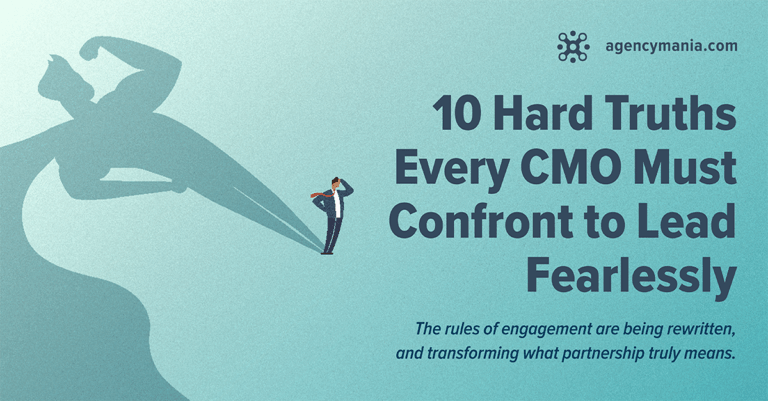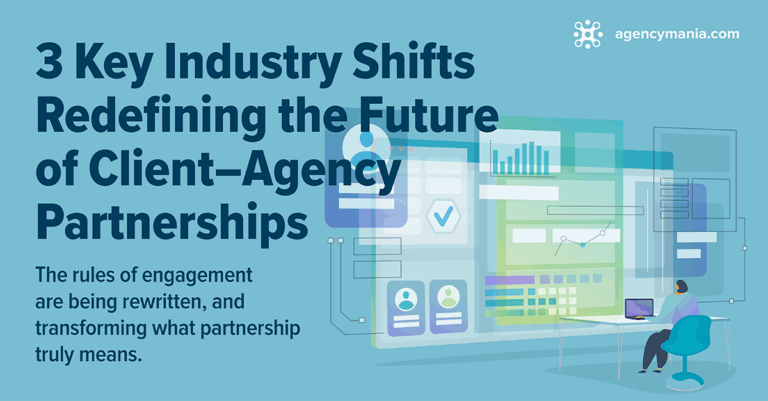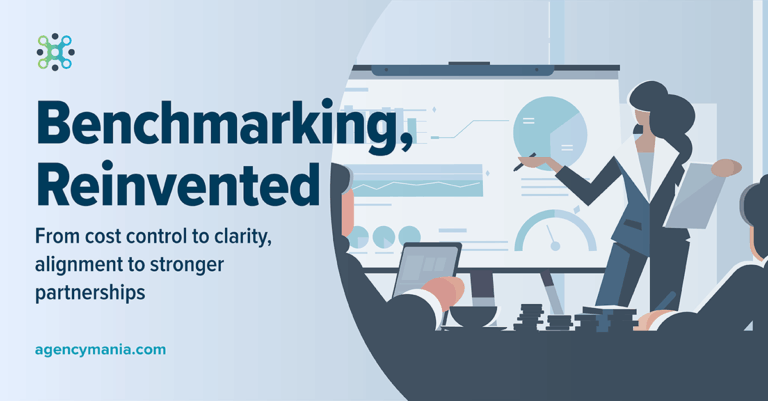How marketing leaders must build the right Agency Management competencies to enable their organization to do more.
By: Bruno Gralpois, Author/Speaker, Thought-provocateur, Client/Agency Guru, Entrepreneur, Innovator
For years, the practice of agency management has been viewed purely as an operational function by the C-suite. Instead, Chief Marketing Officers (CMOs) should view agency management as an important strategic muscle they can flex to meet their broader set of organizational objectives. The right agency management competencies enable marketers to accomplish more with their agencies and improve agency performance. Marketing is key to fuel growth. To lead their organizations to success, CMOs wear more hats than ever before, from being a brand steward to driving innovation. In their leadership role, they take on these important responsibilities:
- Customer journey coordinator: they ensure the coordination of the marketing mix and integrated marketing communication touch points throughout the customer journey.
- Data & ROI analyzer: they encourage their organization to gather customer and performance data to enable timely analysis and more informed decision-making.
- Growth accelerator: they focus all their resources on developing and implementing marketing initiatives that support the company’s revenue and client growth objectives.
- Brand protector: as brand stewards, they have the ultimate responsibility to build a strong, lasting brand. They look to their agencies to prompt the consistent use of brand guidelines.
- Budget optimizer: they must operate within certain set budget parameters, insisting on the effective, fiscally responsible use of budgets and company resources.
- Talent assembler: they carefully assemble teams of talented individuals, internally and externally (with agencies). They eagerly look for opportunities to attract and keep top talent.
- Innovation driver: they encourage their team and agency partners to push the envelope, think outside of the box, and innovate.
It’s no surprise that CMOs are then turning to their team and agency partners to bring their marketing vision to life and support these many expanded responsibilities with the resources available. The effective set up and use of these agency partnerships requires strong management competencies. For example, the above responsibilities require better agency planning and guidance, so expectations between clients and agencies are aligned. They require improved output quality to improve work performance. They require clients to be agency-ready and agencies to be client-ready, driving mutual accountability. They require more effective use of their limited internal and external resources. They require reduced budget waste and improved operational efficiencies. They require internal and external resources to work together well and collaborate.
The vast nature of these requirements can be a daunting task for any organization to take on. Traditional ways of working with clients and agencies have been overly manual and timeconsuming. Brand advertisers must increasingly rely on new toolsets and capabilities, reducing labor-intensive and/or low-value tasks and focusing instead on better ways to extract value and ROI. Here are four tips on how to build this agency management muscle internally and get most value from it:
- Elevate Agency Management to a strategic function within marketing. To ensure the function best supports marketing priorities, direct access to leadership is critical. It means having a clear charter and a seat at the table where issues are identified and priorities are set. It also means having the function regularly report back on accomplishments directly tied to team priorities.
- Provide adequate authority, funding and resources. When the agency management function is seen as purely operational, the tendency is to minimize the support provided or to heavily rely on procurement to take on that role. Yet, without adequate internal staff and vendor funding to develop quality agency management programs and the authority to ensure compliance, it’s unlikely to deliver sustained value to the marketing organization or to agency partners.
- Act rapidly upon early signs of trouble. In my article “Reading the Early Signs of Trouble,” I identified the most common ones: work is not strong enough, too slow, too expensive, the process is too complex or time-consuming. You need capabilities to monitor these signs. And when you identify issues, you must take immediate action to streamline the engagement between
marketing teams and agencies to improve the effectiveness and efficiency of their joint output. - Insist on using data to inform any agency-related decisions. Throughout the client/agency engagement, there are countless opportunities to collect data. Data may measure scope, financials, staff, work performance, relationship, and many other factors. Some of these data points are clearly more valuable and actionable than others. Some come from the client while the rest often come from agencies. Selecting the right data and organizing it in such a way that it generates meaningful insights is of utmost importance. Establish agency management leadership dashboards. Provide regular reports to both marketing and agency teams to ensure transparency, alignment to marketing priorities, and improved decision making. The discipline of Agency Management is an important marketing muscle most CMOs are learning to build and flex. It leads to strategic decisions about talent, team collaboration, budgets, process optimization, and work performance. The ability to turn well-managed agency partnerships into growth accelerators, brand protectors, innovation drivers, and more is priceless, even if the agency played only a support role at times. This is why CMOs increasingly care about doing this well.







